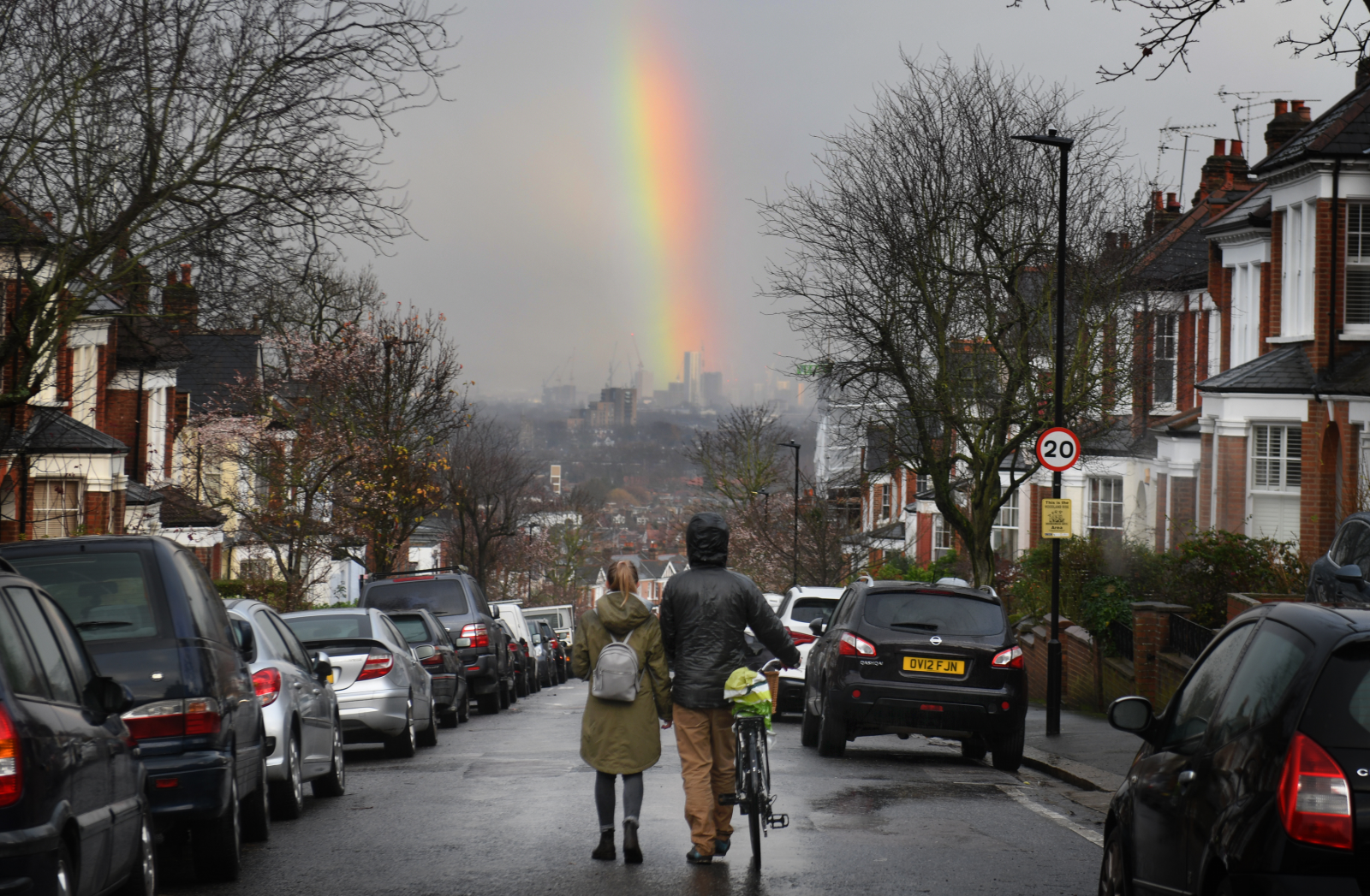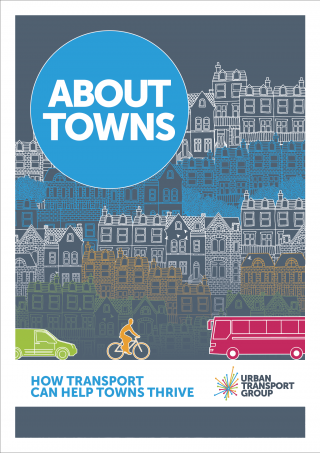The Good Life
Green, sustainable transport is key to shaping a new, post-COVID era for suburbs – one which offers all suburbanites the promise of the ‘Good Life’.
The Good Life: The role of transport in shaping a new and sustainable era for suburbs
Around 80% of Britons live in suburbs, and yet their unique transport challenges, shaped by their common features and unique histories, are rarely afforded special attention in transport planning. Furthermore, their potential role in tackling the climate emergency is frequently overlooked.
This represents a huge oversight. Given that suburbs are where most of us live, we must recognise that there can be no decarbonisation of transport without specific measures to decarbonise transport in the suburbs.

The COVID-19 pandemic led many people to see suburbs anew. Confined to our homes and local neighbourhoods, what suburbs already had to offer, what they lacked and what they could be in the future became clearer than ever.
The climate emergency demands that, wherever we can, we sever car dependency, ensure more people can access what they need locally and have access to a range of sustainable transport options.
With this mission in mind, we present four foundations for suburbs for a new era and a range of ideas for how these could be supported in practice.
The four foundations of suburbs for a new era should:
Help people to access more of what they need locally
The most effective way to cut transport emissions is to avoid making an emissions generating journey in the first place. Improving digital connectivity and skills; ensuring suburban deliveries are sustainable; supporting remote working; making the most of existing spaces and places; and adopting 15-minute neighbourhoods (where key amenities and services are within a 15-minute walk or cycle from home) will give people access to more of what they need as locally as possible.
Provide family-friendly sustainable transport choices
Family-friendly transport and planet-friendly transport choices go hand-in-hand – what is good for one is good for the other. These include Low Traffic Neighbourhoods (where motor vehicle traffic in residential streets is reduced by removing through-traffic using temporary or permanent barriers); School Streets (where roads outside schools have temporary restrictions on motorised traffic at pick-up and drop-off times); the use of e-cargo bikes to support more suburban families to cut their car use; and placing convenient transport choices on people’s doorsteps in the form of mobility hubs.
Prioritise gentle densification around sustainable transport infrastructure
Gentle densification of suburbs along existing transport corridors can help to build up the critical mass needed to justify more comprehensive conventional public transport provision as well as new solutions such as larger shared mobility hubs. It can also support the creation of 15-minute neighbourhoods if densification efforts are focused around existing services and amenities. As well as supporting densification and expansion of existing suburbs, taking a transit orientated development approach can be used to develop new suburbs at appropriate densities.
Provide reliable, convenient connections to the nearest town or city and key employment sites
Ideally, every suburb would have a network of regular bus, tram and/or train services providing connections between them and beyond to the nearest town or city, but many suburbs still lack these services. Alternative solutions through shared (and equitable) micromobility options such as bikes and e-scooters; technology driven demand responsive transport; lift-sharing, car clubs and car-pooling; and the electrification of private car use can enable people to access nearby towns and cities sustainably.
The pandemic has forced us to move away from the idea that suburban transport is mostly about moving commuters in and out of town and city centres. The suburbs feature many more journey types, made by a diverse group of people, and these journeys now need to be made more sustainably in the face of the climate crisis.
Ultimately, the dream of a good life in the suburbs should be within reach of all and be fully aligned with the needs of our planet.
This report offers some ideas for what a good life in the suburbs means for a new, sustainable era. An era where suburbs are places for community and gathering; powered by people and green energy; bought to life by nature and play; and rich in sustainable transport choices for all kinds of people and all kinds of journey, reflecting the full diversity of suburban life.
Further reading
Report


